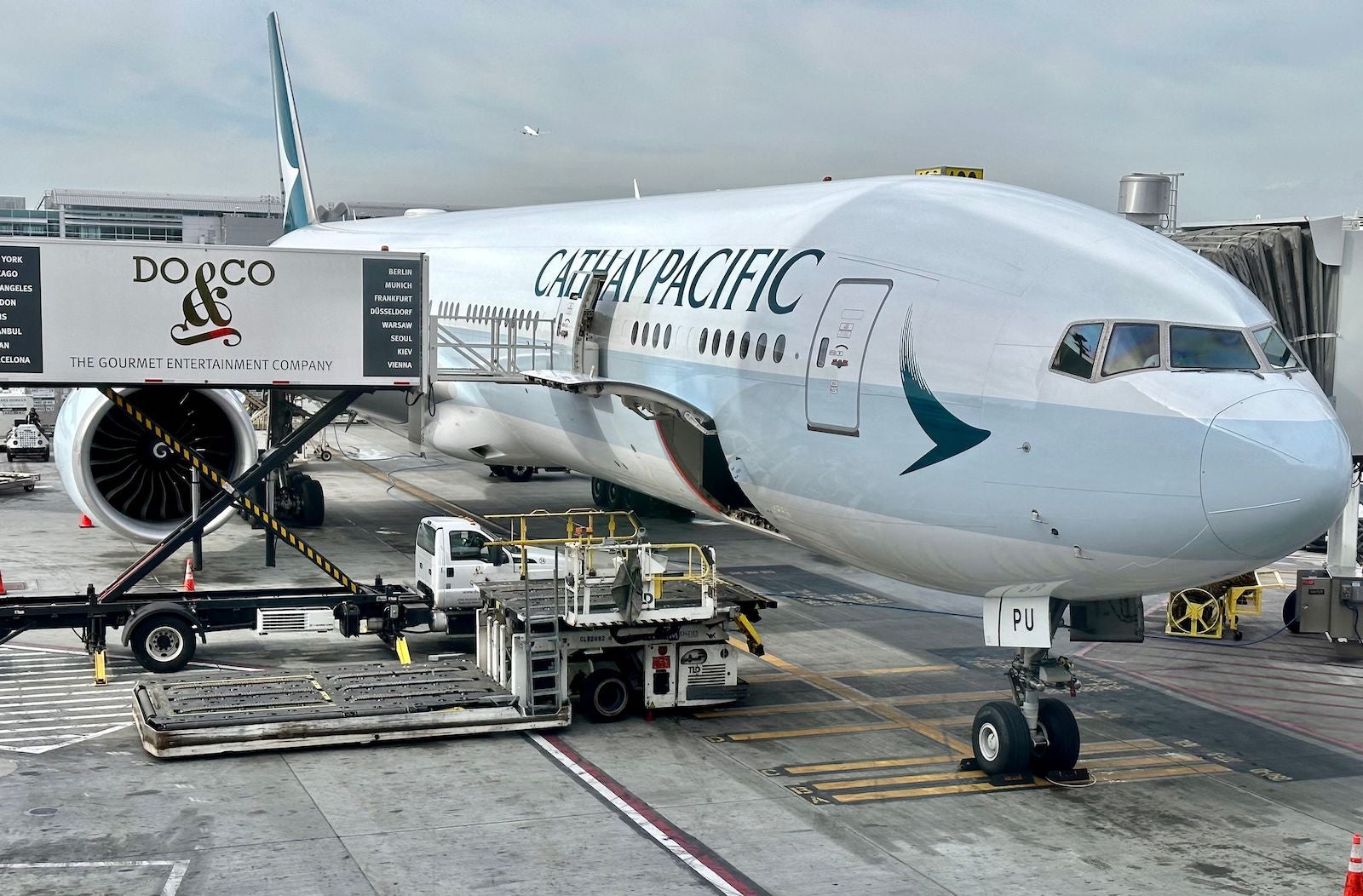
Ever wondered why airline tickets can be so expensive? Understanding airline cost structures can shed light on this mystery. Airlines operate in a complex environment where numerous factors influence pricing. From fuel costs and maintenance to staff salaries and airport fees, every detail adds up. Fuel alone can account for up to 30% of an airline's expenses. Then there's the cost of maintaining a fleet of aircraft, which isn't cheap. Labor costs, including pilots, flight attendants, and ground staff, also play a significant role. Additionally, airlines must pay for landing rights, security, and in-flight services. Even marketing and customer service contribute to the overall cost. By breaking down these expenses, we can better understand why flying isn't always budget-friendly.
Key Takeaways:
- Airlines have many costs, like fuel, labor, and maintenance. These costs affect ticket prices and the quality of service. External factors, like economic conditions and regulations, also impact airline expenses.
- Airlines use financial strategies to manage costs and stay competitive. They also face challenges from external factors like economic conditions, regulations, and geopolitical events.
Understanding Airline Cost Structures
Airlines operate in a complex environment where costs can vary significantly. Knowing these costs can help passengers understand ticket prices and the challenges airlines face.
-
Fuel Costs: Fuel is one of the largest expenses for airlines, often accounting for 20-30% of total operating costs. Fluctuations in oil prices can greatly impact profitability.
-
Labor Costs: Pilots, flight attendants, ground crew, and administrative staff all contribute to labor costs. These can make up around 30% of an airline's total expenses.
-
Aircraft Leasing and Purchase: Airlines either lease or buy aircraft. Leasing offers flexibility but can be more expensive long-term, while purchasing requires significant upfront capital.
-
Maintenance and Repairs: Regular maintenance is crucial for safety and efficiency. This includes routine checks, repairs, and overhauls, which can be costly.
-
Airport Fees: Airports charge airlines for using their facilities. These fees cover landing, takeoff, parking, and gate usage, adding to operational costs.
-
Insurance: Airlines must insure their aircraft, crew, and passengers. Insurance premiums can be high due to the risks involved in air travel.
Operational Costs and Their Impact
Operational costs are essential for smooth airline functioning. These costs can influence ticket pricing and service quality.
-
In-Flight Services: Providing meals, beverages, and entertainment incurs additional costs. Premium services in business and first class can be particularly expensive.
-
Marketing and Advertising: Airlines spend on marketing to attract customers. This includes online ads, sponsorships, and loyalty programs.
-
Training and Development: Continuous training for pilots, crew, and ground staff ensures safety and efficiency. Training programs can be costly but are necessary.
-
Technology and IT Systems: Modern airlines rely on advanced IT systems for booking, customer service, and operations. Maintaining and upgrading these systems is a significant expense.
-
Environmental Compliance: Airlines must adhere to environmental regulations, which can involve costs for emissions control and sustainable practices.
Financial Strategies and Challenges
Airlines use various financial strategies to manage costs and remain competitive. These strategies can also present challenges.
-
Hedging Fuel Prices: Some airlines hedge fuel prices to protect against price volatility. This involves financial contracts that can be complex and risky.
-
Debt Management: Airlines often carry significant debt from aircraft purchases and other investments. Managing this debt is crucial for financial stability.
-
Revenue Management: Airlines use sophisticated systems to set ticket prices based on demand, competition, and other factors. Effective revenue management can maximize profits.
-
Ancillary Revenue: Airlines generate additional income through baggage fees, seat selection, and other services. Ancillary revenue has become increasingly important.
External Factors Influencing Costs
External factors can significantly impact airline costs, often beyond the control of the airlines themselves.
-
Economic Conditions: Economic downturns can reduce travel demand, affecting revenue. Conversely, economic growth can boost passenger numbers.
-
Regulatory Changes: New regulations can impose additional costs on airlines. Compliance with safety, security, and environmental rules is mandatory.
-
Geopolitical Events: Events like wars, terrorism, and political instability can disrupt operations and increase costs. Airlines must navigate these challenges carefully.
-
Natural Disasters: Weather events like hurricanes, volcanic eruptions, and earthquakes can cause flight cancellations and damage infrastructure, leading to increased costs.
Final Look at Airline Costs
Airline cost structures are more complex than they seem. Fuel prices, maintenance, staff salaries, and airport fees all play significant roles in determining ticket prices. Understanding these factors helps explain why airfare can fluctuate so much. Airlines constantly balance between cutting costs and maintaining safety and service quality.
Next time you book a flight, remember that many elements contribute to the final price. From fuel efficiency to route planning, airlines work hard to stay profitable while offering competitive fares.
Knowing these facts can make you a more informed traveler. It’s not just about finding the cheapest ticket but understanding what goes into that price. So, next time you’re up in the air, you’ll have a better appreciation for the intricate world of airline economics. Safe travels!
Frequently Asked Questions
Was this page helpful?
Our commitment to delivering trustworthy and engaging content is at the heart of what we do. Each fact on our site is contributed by real users like you, bringing a wealth of diverse insights and information. To ensure the highest standards of accuracy and reliability, our dedicated editors meticulously review each submission. This process guarantees that the facts we share are not only fascinating but also credible. Trust in our commitment to quality and authenticity as you explore and learn with us.


